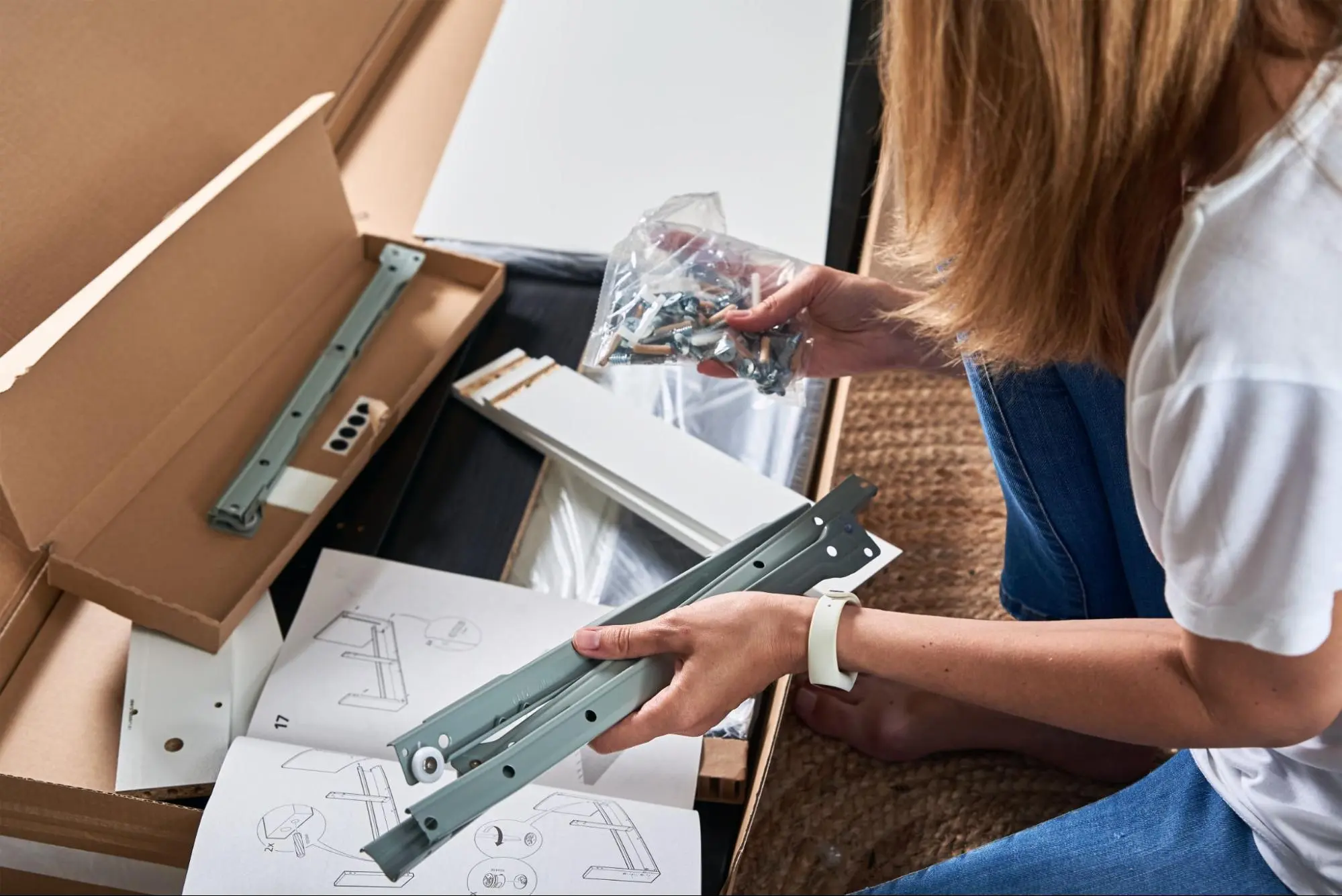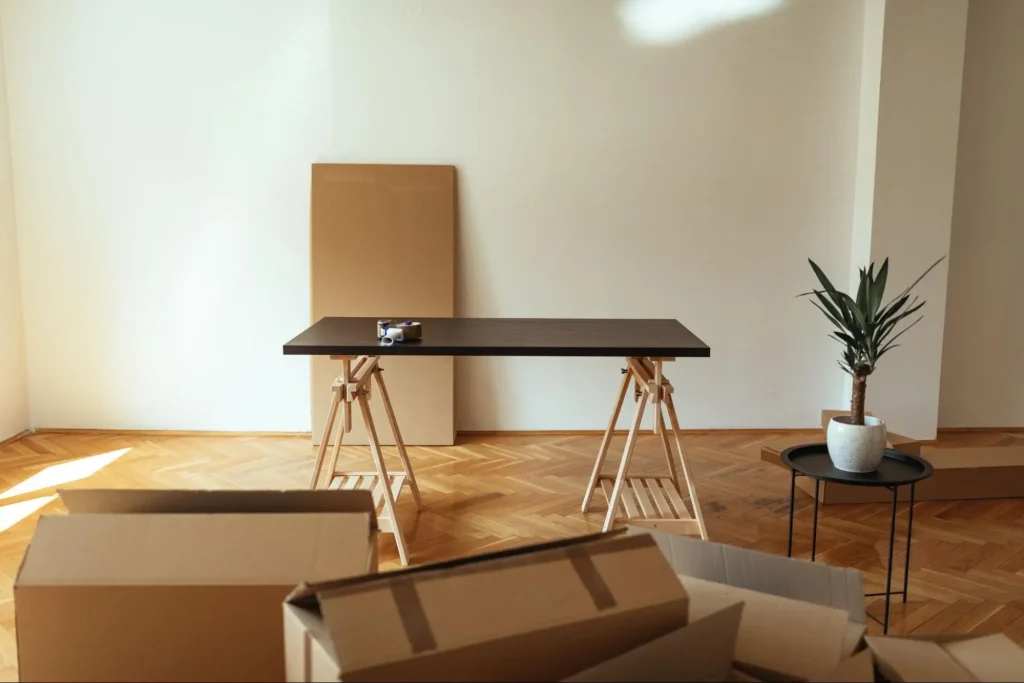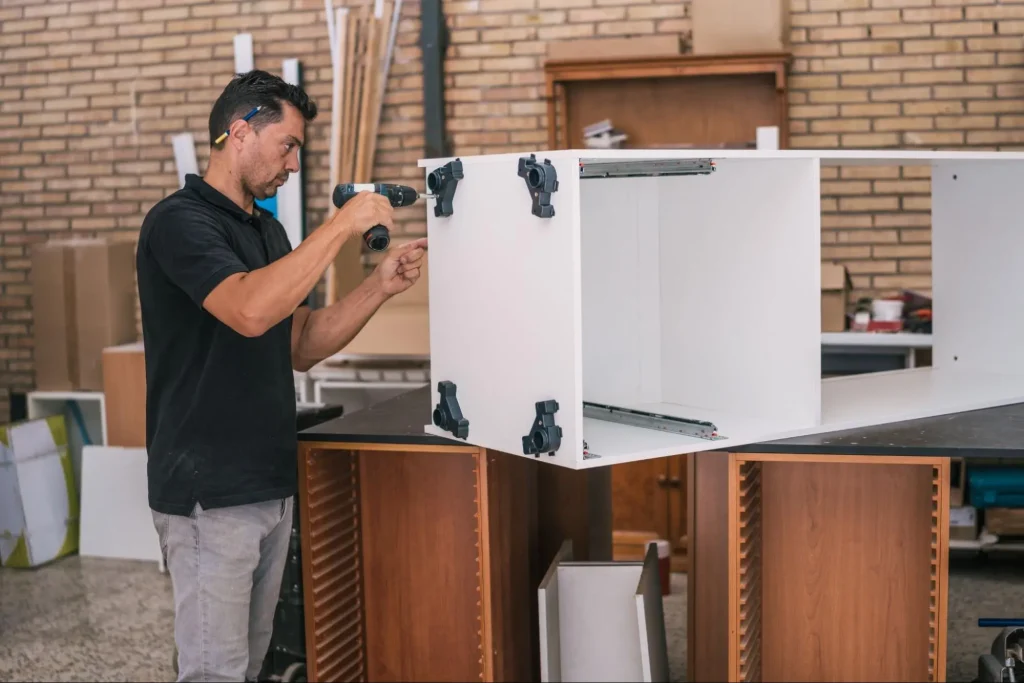
Assembling flat-pack furniture can feel like a daunting task, but it doesn’t have to be. With a few simple tips, you can turn it into a smooth and even enjoyable experience. The key to success is preparation and knowing the right techniques. When you take the time to set up your workspace and organize components, you’re already halfway to a stylish new addition to your living space.
Creating adequate space is essential. Clear the area where you’ll be assembling the flat-pack furniture, and ensure it’s close to where you intend to place the final product. This helps in managing the parts and directions more efficiently. Using the appropriate tools, like screwdrivers, rubber mallets, and sometimes even a power drill, will make the job simpler and prevent damage.
Don’t forget to follow the provided instructions closely while keeping screws only partially tightened at first. This allows you to make necessary adjustments, ensuring everything aligns properly and maintains stability. With these strategies in mind, you’re set up for success.

Before starting your flat-pack furniture project, it’s crucial to organize your workspace, understand the assembly instructions, and gather all necessary tools. These steps help ensure a smooth and efficient assembly process.
Create a clear and spacious area for assembly. Remove any clutter and lay down a blanket or mat to protect the furniture pieces from scratches. This will make finding screws and small components easier. Make sure there is enough room to work around the furniture you are assembling.
Use a table or another flat surface to place parts and tools where they are easily accessible. Adequate lighting is essential to avoid errors and misplaced pieces. Good organization ensures a quicker and less stressful assembly process.
Read the instructions thoroughly before beginning. This might include diagrams, illustrations, or step-by-step guides provided by the manufacturer. Knowing the sequence of steps beforehand prevents mistakes and rework.
Each piece usually corresponds to a numbered step in the instructions. Familiarize yourself with the parts and hardware by comparing them to the list or diagram in the instructions. If any part is missing, contact the manufacturer through the provided email or phone number before starting. Planning ahead saves time and ensures a smoother assembly.
Have all the necessary tools ready before you start. Common tools include a screwdriver, hammer, and various hand tools. Some projects might require specific tools like power tools for more complex tasks.
Keep a list of the tools you’ll need, which is usually indicated in the instructions. Make sure these tools are in good working order. For example, a soft blanket can prevent parts from getting scratched during assembly. Planning and having the right tools on hand are key to efficient assembly.

Putting together flat-pack furniture involves various crucial steps, from following assembly instructions to making sure the finished piece is stable and safe. You’ll need patience, attention to detail, and sometimes even professional help.
Start by laying out all the pieces on a clean, level surface. Sort the hardware, such as screws and bolts, into small containers. Begin the assembly by following the instructions step-by-step. Sub-assembly parts separately before combining them into the main structure.
Use the Allen key provided to tighten screws without over-tightening. Pay attention to misaligned holes and make adjustments as needed. If you encounter any issues, don’t force parts together. Double-check the instructions and ensure all pieces are correctly aligned.
Stability is key in self-assembly furniture. Ensure each connection is tightened securely. Check for sturdiness by lightly shaking the piece once assembled. Attach any wall attachments provided to prevent the furniture from tipping over.
Follow all safety precautions outlined in the instructions. If the piece seems wobbly despite following the steps correctly, consider asking for assistance. Professional assembly ensures that the piece is both stable and safe to use.
Once the main assembly is complete, focus on the finishing touches. Use touch-up paint to cover any scratches. Feel free to customize your furniture according to your preferences; adding handles, painting, or applying decals can make the piece unique.
Ensure all joints are tight and secure. Go over the instructions again to verify that no steps were missed. Sometimes small details such as filing down rough edges can significantly enhance the overall appearance and functionality.
Common issues with flat-pack furniture include misaligned holes, missing parts, and difficulty in tightening screws. Check that all hardware parts are included before starting. If you encounter misaligned holes, gently adjust the placement of the parts or use a small file for a better fit.
If screws are not tightening properly, ensure you’re using the correct tool and that threads are not stripped. In case of any persistent problems, consider reaching out to customer support for assistance or checking online forums for solutions. The Flat Pack King and other professional services can also provide helpful tips and troubleshooting methods.
For complex pieces, hiring a professional assembly service might be the most cost-effective solution to save time and ensure perfect assembly.
Assembling flat-pack furniture involves a few key steps to ensure a smooth and efficient process. First, create a spacious and clutter-free workspace. This will help you stay organized and make assembly easier.
Next, sorting and organizing the components by type and size can prevent confusion later. This simple step can save you time and frustration.
Choose the right tools for the job. Most flat-pack kits include basic tools like screwdrivers and Allen wrenches, but having a power drill or rubber mallet on hand can make things easier.
Follow the provided instructions carefully, tightening screws partially at first to allow for adjustments. This method ensures proper alignment and maintains the stability of your furniture.
If you’re new to assembling flat-pack furniture, consider seeking help from professionals like Kaminskiy Care and Repair. We offer expert handyman installation and maintenance services for your home projects and can save you time and potential headaches.
It’s essential to have a basic toolkit with you. Screwdrivers (both flat-head and Phillips), an Allen wrench set, a hammer, and a small drill with bits of various sizes are crucial. A rubber mallet can help with securing dowels without damaging the surface.
Using wood glue on dowels and joints can add extra stability. Tighten screws and bolts gradually and evenly, ensuring that connections are secure but not over-tightened. Double-check all connections when you’re done to make sure everything is solidly in place.
Take your time and don’t rush the process. Lay out all the pieces in an organized manner. Make sure to not mix up screws or other hardware. If something doesn’t fit right, don’t force it—double-check the instructions. Measure twice, especially when aligning larger pieces.